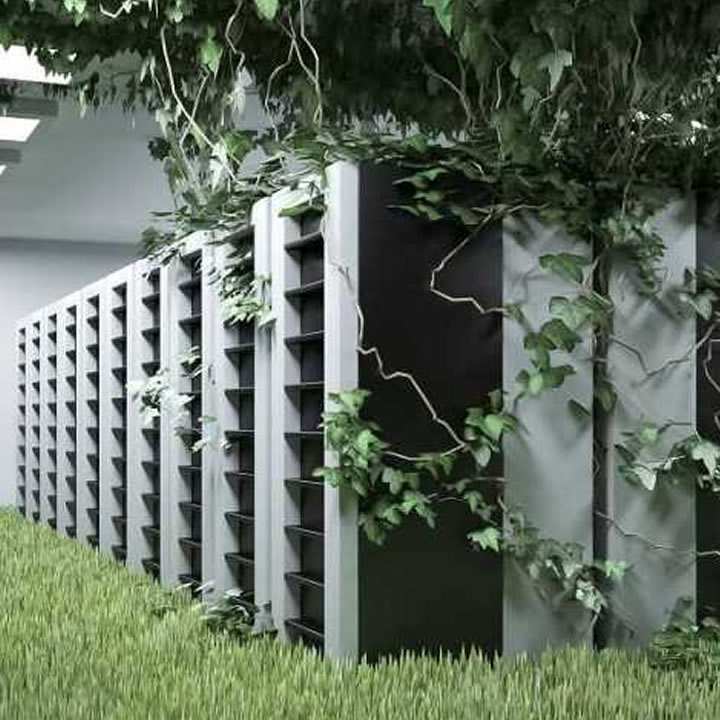The need for data centers is rising in tandem with the popularity of digital services.
But with this expansion comes the duty to green data center architecture and operations. Energy efficiency, water conservation, waste reduction, and green building design are at the forefront of current trends in sustainable data center architecture.
This article will examine these movements and how they will affect future data centers.
Use of Energy Effectively
Sustainable data center design relies heavily on optimizing energy usage. Since data centers are notorious for their excessive use of energy, cutting down on that use is crucial for lessening their environmental impact.
The use of renewable energy sources like solar and wind power is a trend in environmentally friendly data center design. To lessen their impact on the environment, many data centers are incorporating renewable energy sources like solar and wind into their infrastructure.
Improving the effectiveness of cooling systems is another growing movement.
Since data centers produce so much heat, cooling systems are an essential part of their construction. Data centers can save money and operate more efficiently with the help of cutting-edge cooling technologies such as liquid cooling.
In an effort to cut costs, data centers are finally automating and incorporating AI into their operations. Data centers can maximize efficiency by optimizing their processes with the help of cutting-edge algorithms and machine learning software.
In this context, “optimization” refers to the process of maximizing efficiency in the use of servers, electricity, and cooling.
Reducing Water Waste
The use of less water is another crucial aspect of green data center architecture.
Water is used for cooling and other purposes in many data centers, making it essential that this usage be reduced.
The installation of water treatment plants that recycle and reuse water is a growing trend. This technology collects water from a variety of sources, purifies it for use in applications other than drinking, such as cooling, and then reuses the resultant water.
Rainwater harvesting for non-potable uses is another growing trend.
Data centers can lessen their impact on municipal water supplies and save money by collecting rainwater for reuse. In add, data centers are switching to cooling systems that are easier on the environment and consume less water.
Eliminating Extraneous Items
Eliminating unnecessary waste is a crucial part of developing eco-friendly data center infrastructure. Data centers produce a large amount of electronic waste, mainly in the form of obsolete machines and other hardware.
Sustainable purchasing is one movement that’s helping cut down on electronic waste. Data centers can lessen their contribution to the world’s electronic waste problem by purchasing equipment made with longevity and recycling in mind.
Adopting circular economy practices to extend the life of materials and reduce waste is another development.
This includes minimizing the amount of waste produced during the disposal process, encouraging the reuse of old equipment, and designing equipment so that it can be disassembled and recycled easily.
At long last, data centers have implemented safety procedures for disposing of toxic waste.
Batteries and chemicals are two examples of hazardous waste that can cause serious damage to the ecosystem if not disposed of correctly. Data centers can lessen their environmental impact by adopting eco-friendly waste management policies.
Sustainable Architecture
Sustainable data center design relies heavily on green building practices.
The use of environmentally friendly supplies and eco-friendly building practices is one such movement. Recycling materials, cutting down on waste during building, and selecting eco-friendly, non-toxic materials are all part of this movement.
Using natural light and ventilation systems is another growing trend in the quest to reduce energy consumption.
Data centers can save a significant amount of money on their utility bills by increasing their use of natural light and ventilation and decreasing their use of artificial lighting and cooling systems.
At last, data centers are beginning to include landscape design elements like greenery in an effort to increase biodiversity. Green roofs, tree planting, and other landscaping, as well as the incorporation of natural elements into the building’s layout, all contribute to this goal.
Conclusion
Finally, sustainable data center design is critical for reducing the environmental impact of data centers.
Energy efficiency, water conservation, waste reduction, and green building design are the latest trends in sustainable data center design. Data center operators must invest in these trends and prioritize sustainability in their design and operations.
For the industry to reduce its environmental impact and promote a more sustainable future, it must continue to innovate and invest in sustainable practices. Data center operators can help by implementing environmentally friendly technologies and practices such as using renewable energy, optimizing cooling systems, and reducing e-waste.

